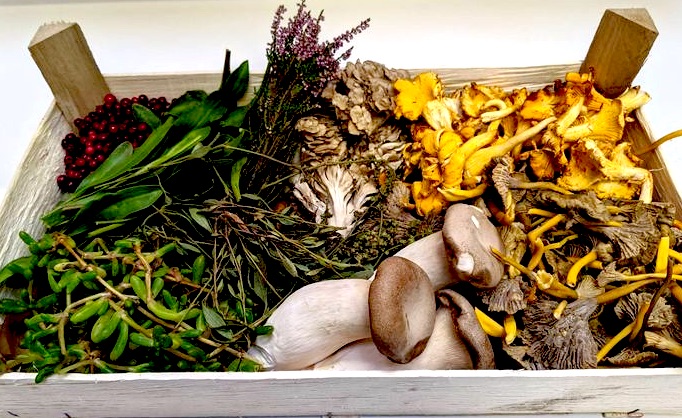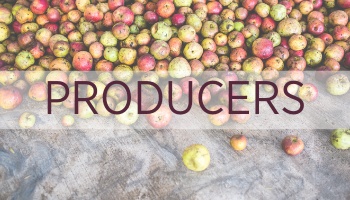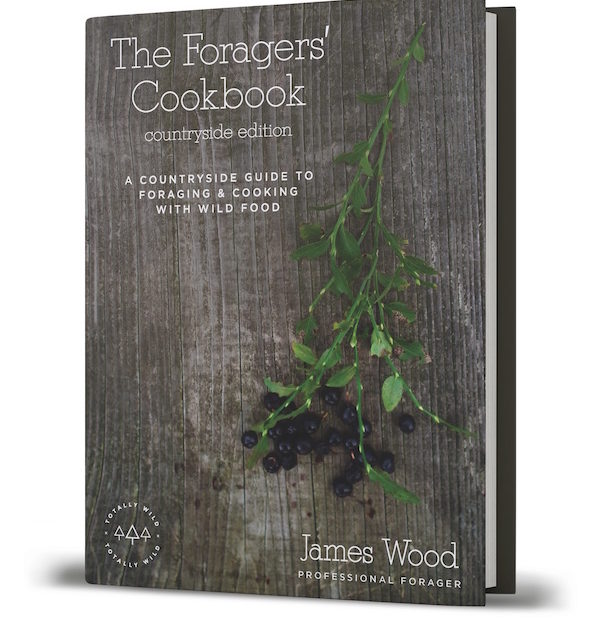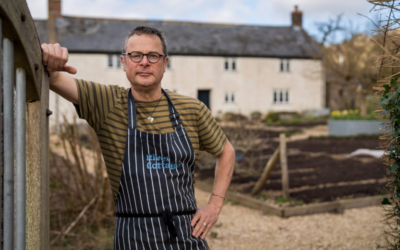We may have a few more balmy weeks ahead of us, but the earlier sunsets and the hint of a chill in the evening air can only mean one thing; Autumn is slowly approaching.
Nature offers us a bounty of rewards all year round, but as August slips by, Autumn is truly the season of abundance when it comes to foraging; the damp and drizzly days of September create the perfect conditions for mushrooms, while thousands of species become ripe for harvest.
“It’s always after the first good rain that we start to find all sorts of wonderful prizes,” says James Wood of nationwide foraging experience providers, Totally Wild.
“In August we can find chanterelles in the Peak District, but in the South of England, we usually have to wait until September when the moisture levels change. We especially look forward to rainy days at the beginning of the month, because that’s when we forage for the tastiest mushrooms.”
The fruits of the season
So what else can be found in Britain’s woodlands, hedgerows and meadows at this time of year? From mid-August, blackberries become ripe for picking; the best ones should pull easily off the branch and tend to taste best when they’ve grown in direct sunlight.
Elderberries – also found in hedgerows – should also be ready to pick. Just be careful not to eat the fruit raw as it can be mildly toxic, but when cooked, elderberries are delicious in jams, crumbles and, of course, steeped in a good quality gin!
On Britain’s coasts, sea buckthorn can be found from August onwards. These colourful orange berries, which grow on thorny bushes, have excellent antioxidant properties but can also bring a delightfully sharp tang to salads and cocktail shrubs.
The tastiest mushrooms
Further inland in shaded meadows and wet woodlands, hedgehog mushrooms, with their large caps and small spines beneath, can be found from August to early winter. Sauteed simply in butter and a little garlic, they’re delicious on toast or in a risotto.
To find the best mushrooms, James recommends going foraging two or three days after a good rain shower.
“Check the trees in your area; look for older mature trees, especially beech and oak, as these will have the widest variety of fungus growing with them. Do look in the same place twice; just because they aren’t in your woods this week, it doesn’t mean they won’t be next week.”
It’s also important to only pick from areas that are plentiful, making sure you leave enough for wildlife, since many animals rely on these plants. Some species are protected, so you’ll also need to do your own research and check whether you need permission from a landowner before you set out.
Putting safety first
The most important aspect of foraging, of course, is safety – you should never eat anything without confirming its identification. The best way to gain hands-on experience of identifying and safely foraging for ingredients is to take a foraging course.
James’s typical Forage and Cook Course includes an introduction to foraging and the opportunity to head out into the countryside with a professional to discover the ingredients growing nearby.
Learning these basics will help to build up your confidence, as well as inspiring you to explore the amazingly diverse flavours that can be found in the wild. You can even take courses online too from the comfort of your own kitchen.
Participants also get to sample a feast of pre-made wild food tasters, from pickles and chutneys to flavoured salts and alcoholic infusions, before cooking up a two-course lunch using ingredients they have foraged – whether it’s an elderflower cheesecake, dandelion pancakes or wild noodle salad.
Nature’s harvest at home
But if you can’t wait to sample the fruits of the season, Totally Wild UK offer a range of wild foods boxes and ingredients through their online shop, delivered straight to your door.
These chef-grade ingredients range from seasonal coastal vegetables and seaweeds to edible flowers, wild mushrooms and inland greens.
Order a foraged wild food kit for home, or book a foraging course here













